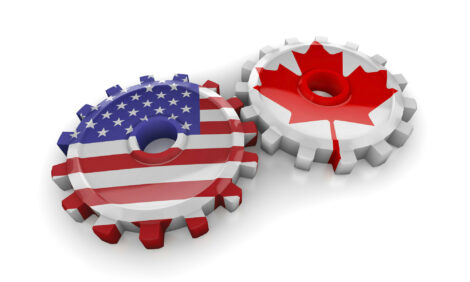



Eating Meat is Ethical, Says Dr Temple Grandin
US - "Humans and animals evolved together. Our brains are tuned into animals. Research with epilepsy patients who had monitors implanted in their brains, showed that the amygdala responds more to animal pictures, compared to pictures of landmarks or people. The amygdala is an important emotion center in the brain. Pictures of both cute and aversive animals got a big response. Recordings from the hippocampus, which is involved with memory, had no differences," writes Dr Temple Grandin, professor of animal welfare at Colorado State University.According to Dr Grandin's blog in AMI Foundation, "Human beings have an intrinsic bond with animals, but our treatment of animals has ranged from respectful to horrendous. Scientific research indicates that animals have emotions and they feel pain and fear. It is our duty to provide the animals that we raise for food with a decent life. I often get asked, “How can you care about animals and be involved in designing systems in slaughter houses that are used to kill them?” I answered this question in 1990, after I had just completed installation of a new piece of equipment I had designed for handling cattle at slaughter plants. I was standing on a catwalk, as hundreds of cattle passed below to enter my system. In a moment of insight, I thought, none of the cattle going into my system would have existed unless people had bred and raised them.
"Our relationship with the cattle should be symbiotic. Symbiosis is a biological concept of a mutually beneficial relationship between two different species. There are many examples of symbiosis or mutualism in nature. One example is ants tending aphids to obtain their sugary secretion and in return, they are protected from predators. Unfortunately the relationship is not always symbiotic and in some cases, the ants exploit the aphids. There are similar problems in poorly managed, large intensive agriculture systems. There are some production practices that must be changed. In the cattle industry, I know many people who are true stewards of both their animals and their land. Their relationship with both the animals and the land is truly symbiotic. It is mutually beneficial to both the animals and the environment. Killing animals for food is ethnical if the animals have what the Farm Animal Welfare Council in England calls a life worth living.
"I have been attended grazing conferences and I have learned that when grazing is done right it can improve the rangeland and sequester carbon. Ruminant animals that eat grass are not the environmental wreckers that some people say they are. Rotational grazing can stimulate more plant growth and growing plants help remove carbon from the atmosphere. Ruminant animals, such as cattle, bison, goats, and sheep, are the only way to grow food on rangelands that are not suitable for crops. Ronald C. Follett with the USDA-ARS-NPA in Fort Collins, Colorado, states that grazing lands have the potential to sequester carbon. According to researchers at National University in Panama, converting South American pastureland to soybean production will reduce carbon storage. Organic agriculture would be impossible and extremely difficult without animal manure for fertilizer. Another issue that must be looked at in perspective is methane emissions. It is likely that 80 per cent of all total methane emissions come from coal burning power plants, rice paddies, and landfills.
"I have a final reason why I think eating meat is ethical. My metabolism requires animal protein, and I get lightheaded and unable to concentrate if I go on a vegan diet. There may be metabolic differences in the need for animal protein. There are practices that must be changed to be true stewards of both the animals and the environment."
TheCattleSite News Desk


